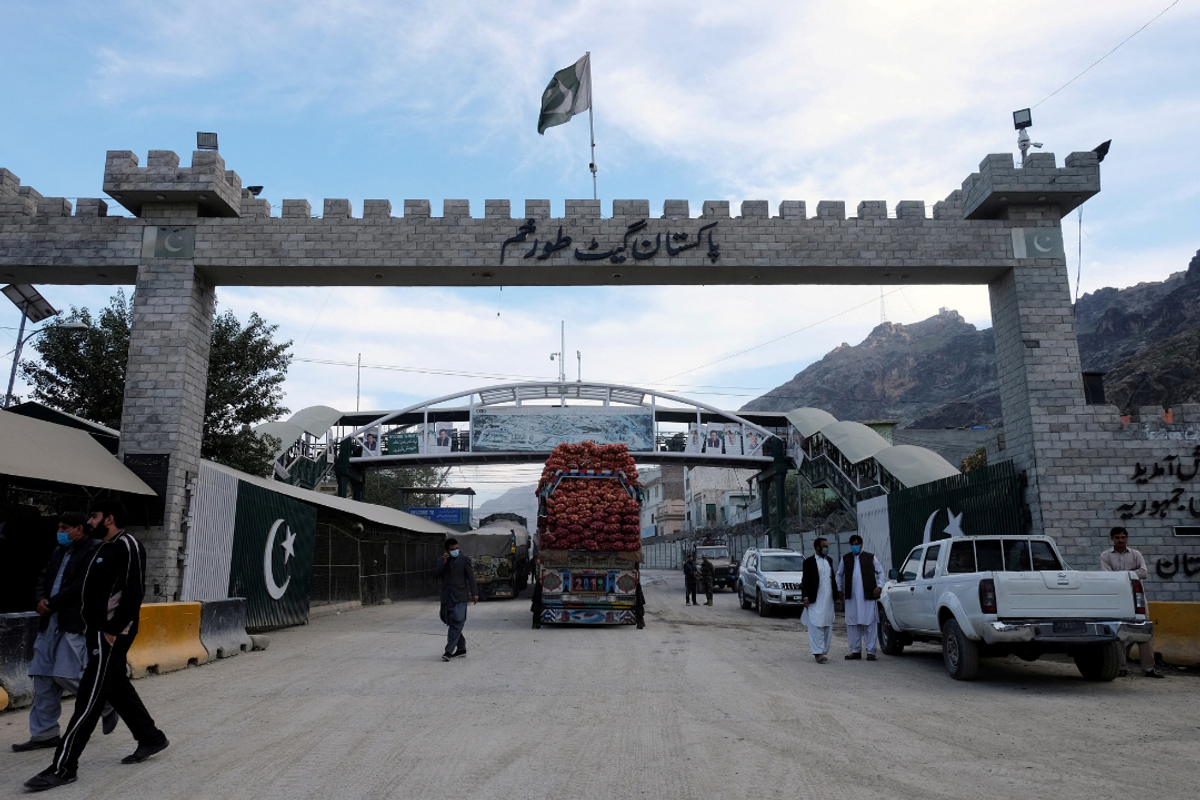Pakistan’s Afghan transit route dries up as smuggling crackdown bites
Pakistan’s exports to Afghanistan jumped 33% even as transit cargo plunged by a staggering 84%

Shahzad Raza
Correspondent
Shahzad; a journalist with 12+ years of experience, working in Multi Media. Worked in Field, covered Big Legal Constitutional and Political Events in Pakistan since 2012. Graduate of Islamic University Islamabad.

Pakistan’s sweeping crackdown on smuggling has turned what was once a vibrant transit trade corridor with Afghanistan into a near-empty highway, slashing cross-border movement by 84%—even as official exports to the war-ravaged neighbor surge.
Customs data lays bare the contrast: between July and March of FY2024–25, Pakistan’s exports to Afghanistan jumped 33% to $1.05 billion. But over the same period, Afghan-bound transit cargo—goods moving through Pakistan en route to Afghanistan—plummeted from $7.48 billion to just $1.21 billion.
Afghan-bound shipments nosedive 86%
The most dramatic collapse was in so-called “forward cargo”—imports headed to Afghanistan via Pakistan—which fell by a staggering 86% following Islamabad’s enforcement of tighter documentation and border checks in November 2023. The controls targeted fuel, food, and consumer goods long suspected of being smuggled back into Pakistan through informal networks.
Reverse cargo—Afghan exports transiting through Pakistan—also dropped sharply, falling 50% year-on-year amid stricter scrutiny and rising transport costs.
“The smuggling corridor has dried up,” said a senior customs official, requesting anonymity. “What used to be a leaky pipeline is now a sealed valve.”
Trade paradox: more exports, fewer trucks
Pakistan’s official exports to Afghanistan have grown significantly, particularly in sugar, which surged by a staggering 4,333%. Cement and pharmaceutical shipments also saw sharp increases. But these gains are overshadowed by the collapse in transit trade—a once-critical channel for goods from Dubai, China, and beyond entering Afghanistan via Pakistani ports.
Between July and March, total transit trade through Pakistan shrank 64% to $836 million, down from $2.33 billion during the same period last year.
In March alone, the year-on-year drop was 4%, though a modest 6% rebound was seen on a month-to-month basis.
What’s driving the crackdown?
The sharp curbs are part of a broader campaign by Pakistan to plug leaks in its economy, tighten tax compliance, and meet International Monetary Fund (IMF) targets. The Afghan transit route was long seen as a black hole of tax evasion and parallel imports. Analysts say this shift is not just economic—it’s political.
"Pakistan is signaling to Kabul and the global community that it’s serious about border discipline,” said a senior regional trade expert. “But it comes at the cost of trade volume and regional integration.”
Even as transit trade suffers, Pakistan’s imports from Afghanistan are on the rise—up 16 per cent to $524 million—driven by demand for cotton, spices, and cereals.
But there is a catch: March 2025 saw a sharp 37 per cent year-on-year drop in overall trade, suggesting instability or seasonal volatility. Some observers fear the crackdown may push trade into informal or unofficial channels again, potentially undermining the gains.










Comments
See what people are discussing